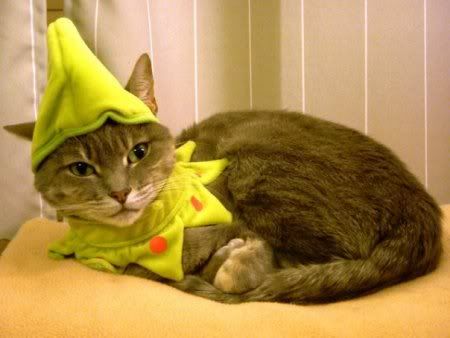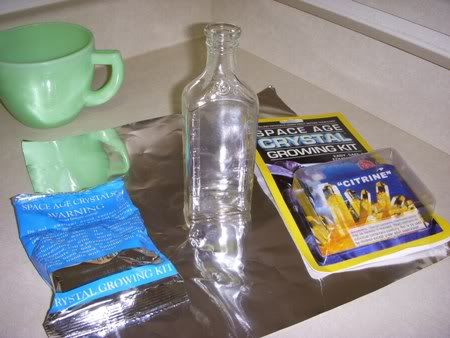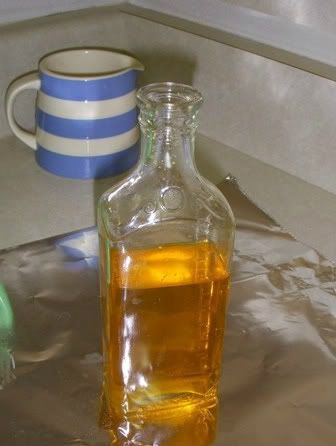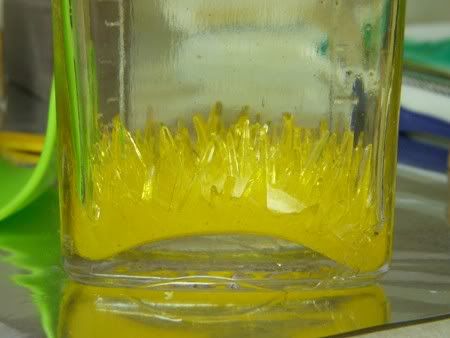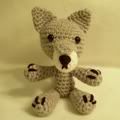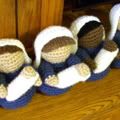Supplies needed:
- Your hairless amigurumi
- Yarn in the color you want for their hair (use same weight yarn as the amigurumi)
- Crochet hook (size depends on weight of yarn)
- Scissors
- Felt glue (or other non-washable fabric glue)
- Plastic yarn needle
- Sewing pins
- Sewing thread that matches the hair color
- Sewing needle
Rnd 2: 2 sc in each st around (12 sts).
Rnd 3: [2 sc in next st, sc 1] six times (18 sts).
Rnd 4: [2 sc in next st, sc 2] six times (24 sts).
Rnd 5: [2 sc in next st, sc 3] six times (30 sts). < last increase
Rnd 6: sc around (30 sts).
Rnd 7: sc around (30 sts).
Rnd 8: [sc2tog, sc 3] six times (24 sts).
Rnd 9: [sc2tog, sc 2] six times (18 sts).
Rnd 10: [sc2tog, sc 1] six times (12 sts).
Rnd 2: 2 sc in each st around (12 sts).
Rnd 3: [2 sc in next st, sc 1] six times (18 sts).
Rnd 4: [2 sc in next st, sc 2] six times (24 sts).
Rnd 5: [2 sc in next st, sc 3] six times (30 sts)
Rnd 6: [2 sc in next st, sc 4] six times (36 sts). < add one more increase
Unless you want your character to have a crazy-thick head of hair, don't put a loop of yarn in every single hole. Experiment by skipping one or two holes and see how you like the thickness. As long as you haven't glued or cut the hair, you can always pull it out and start over. Make sure that your skipped holes don't clump together or you might end up with bare patches on the wig.
It's a good idea to mark the front of the wig (see the red piece of embroidery floss in the photo above). Hair at the back of someone's head is usually shorter than hair at the front, so I made my loops longer when I was close to the marker.
After you've filled all the holes, do an extra round by pulling a loop through the outside strand of each of the outer stitches (see photo above). Do not skip any stitches.
When you're done, the wig will look like this:
 |
| Inside |
 |
| Glue the hair |
Let the glue dry.
Step 4: Cut the loops.
Once the glue has dried, take a pair of scissors and cut each loop on the outside of the wig into two strands of hair. Be sure to straighten out each loop and cut it at the longest point so both strands will be the same length.
For straight hair, skip to Step 6. For curly or bushy hair, go to Step 5.
Step 5: Separate the plies and brush if desired.
This is the part that will probably take you the longest. Each strand of yarn is made of several smaller strands twisted together. These smaller strands are called plies (3-ply yarn has 3 plies, 4-ply yarn had 4 plies, etc.). Start on one side of the wig and take each strand of hair and carefully separate the plies. I did this by using a plastic yarn needle to pick the strands apart. When the plies are separated, use a spare piece of yarn to tie them to the side so they won't get tangled or mixed in with the unseparated hair.
 |
| Unbrushed hair |
 |
| Hagrid's bushy hair |
You marked the front of the wig in Step 2, right? Line up the front of the wig with the middle of the amigurumi's forehead. Make sure it looks how you'd like it to then pin it in place. Use a double strand of thread on a sewing needle and sew the wig to the head. At the end, put the needle in the middle of the wig, tie off and trim the thread (that way the end bits are hidden in the hair).
Step 7: Cut and style.
Now that the hair is on your amigurumi character, it's time to cut and style it how you wish. Brush out the hair with your fingers (a real brush will mess it up) and trim any uneven ends. Cut the hair to the length you desire then style it. Congrats, your amigurumi has hair!
Beards
To create Dumbledore's and Hagrid's beards, I used the same method as outlined above except instead of creating a wig cap in Step 1, I crocheted a flat triangle , the bottom of which would become the top of the beard. After following Steps 2-5, I sewed it underneath the amigurumi's nose (or where their nose would be if they had one) and the whole thing was trimmed in to a beard shape.






